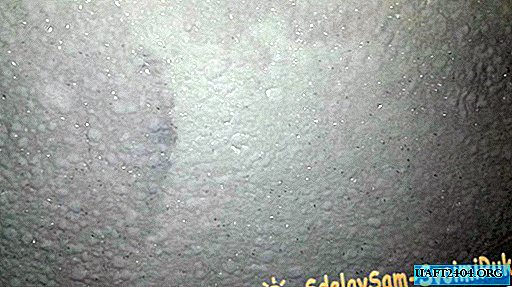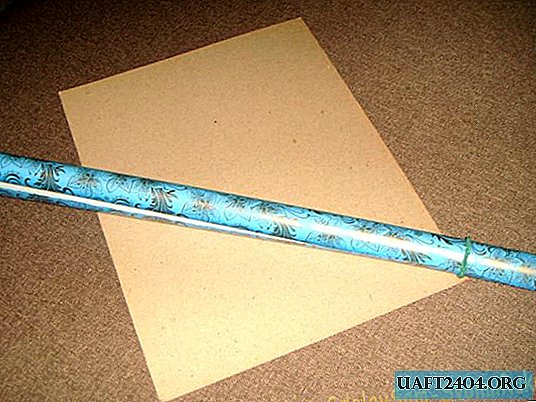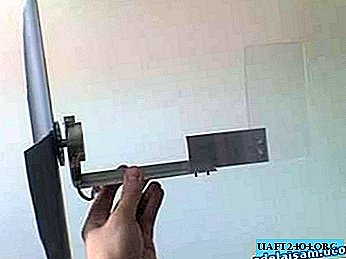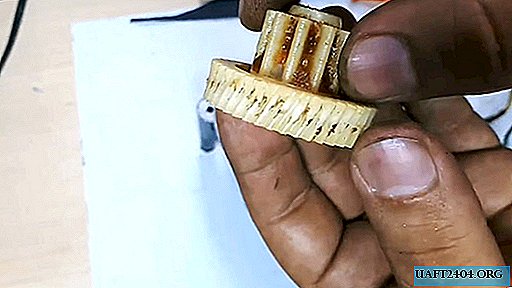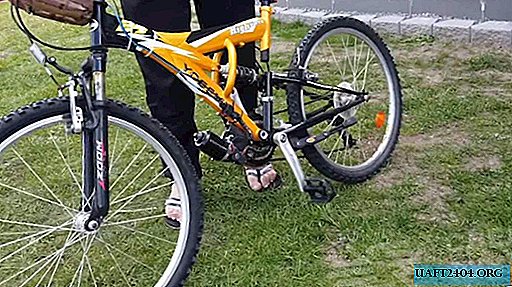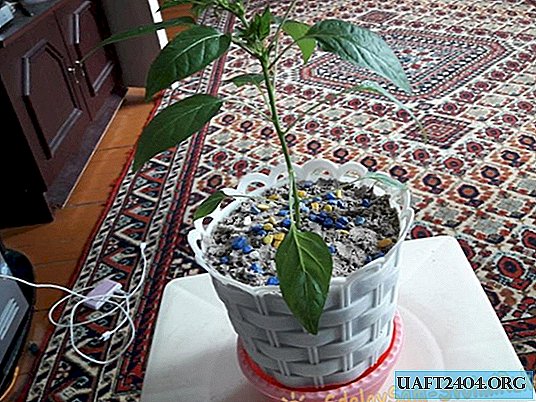Share
Pin
Tweet
Send
Share
Send
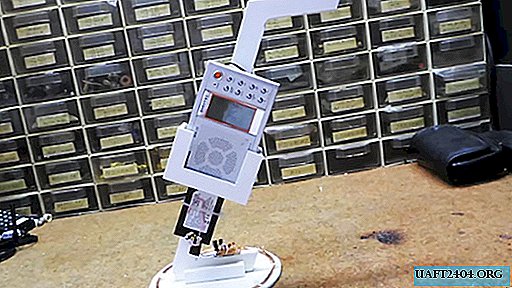
The design and operation of a home-made metal detector is as follows: a high-frequency generator is assembled on a single transistor according to the "three-point" scheme. The portable radio is tuned to one of the harmonics of the generator, and responds to any changes in the local oscillator generation. The radio receiver has good selectivity due to which high sensitivity of the entire metal detector is achieved.
Will need
- Transistor n-p-n structure, suitable for any type 2N2222, BC640, etc.
- Capacitors: 1 nF - 2 pieces, 100 nF, 47 uF.
- Resistors: 470 kOhm, 4.7 kOhm.
- An old but working medium or short wave receiver with amplitude modulation (AM).
- Wire 0.2-0.5 mm.

Scheme

The generator is built according to the classical scheme, powered by a voltage of 9 V. The oscillation frequency depends on the resonance in the oscillatory circuit, in the role of which a search coil is used.
Coil manufacturing
We take a copper enameled wire from the primary winding of any 220 V transformer.

The coil consists of 16 turns wound around a diameter of 12 centimeters. Before winding, we put nylon ties in order to fix the coil after winding.

Wound, tighten the screed. The ends of the wires are tinned.

Metal detector assembly
So that the coil does not deform at the time of the search, we attach it to a piece of hard plastic for several additional ties.

On any piece of textolite we assemble a scheme.

From soft plastic (dense foam) we cut out the handle for the metal detector.

Glue everything to super glue.

Solder the coil to the board, batteries with a switch. Check the operation of the generator using a radio.

The receiver itself is mounted on the handles, for this we cut out the box for it in size and glue it to super glue.


We glue the box on the handle.


This completes the assembly.
Setup and testing
The sensitivity of the device, as mentioned earlier, is quite comparable with industrial low-cost models of metal detectors. But for this you need to bring the setting.
If you are using a receiver with manual tuning, then turn it on to the mid-wave range and search for harmonics, periodically checking the change in tonality during the tray of metal objects in the coil.

If you have a receiver with automatic search, then everything is simpler - just search by clicking the auto search button.
Once setup is complete, the detector will respond to any metal.

He is even able to find a coin at a distance of 1-2 centimeters. Naturally, the larger the subject, the greater the distance at which it can be found.
Watch the video
Share
Pin
Tweet
Send
Share
Send


